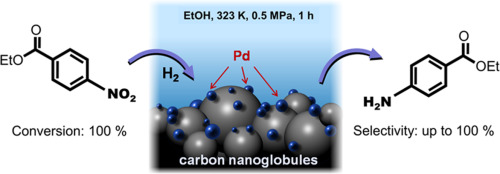Nano-Titanium Oxide Used in Sunscreen Cosmetics
The ultraviolet ray is a kind of light wave that is harmful to the human body in the sunshine. Excessive exposure to UV rays can cause the skin to spot or age, and can even cause skin cancer. In recent years, the development and application of sunscreen cosmetics have gradually become a research hotspot with the improvement of people's awareness of ultraviolet radiation and the enhancement of healthcare awareness. VK-T02 of nano-titanium oxide has been used as a major sunscreen due to its high refractive power and high photoactivity.

Protection Mechanism of Nano-Titanium Oxide Materials
According to different wavelengths, ultraviolet rays can be divided into the shortwave zone of 190~280 nm, medium wave zone of 280~320 nm and longwave zone of 320~400nm. The short-wave region has the highest UV energy, but it is blocked when it passes through the ozone layer. Therefore, the damage to the human body is generally in the middle and longwave areas of UV.
The strong UV resistance of VK-T02 of nano-titanium oxide is due to its high refractive power and high photoactivity. Its UV resistance and its mechanism are related to its particle size. When the particle size is large, it blocks UV mainly by reflection and scattering, which is effective for both medium and long wave areas. With the decrease of particle size, the light can pass through the particle surface of VK-T02 of nano-titanium oxide, and the reflection and scattering of ultraviolet ray in the longwave region are not obvious, while the absorption of ultraviolet ray in the medium wave region is obviously enhanced. In a word, its protection mechanism is to absorb ultraviolet ray and basically absorb the ultraviolet ray of medium wave area.
Performance of Nano-Titanium Oxide Materials
Because ultraviolet ray has harm to the human body, the developed country pays more attention to the research and development of sunscreen products in recent years, and they have launched a variety of anti-ultraviolet fiber, plastic, film, paint, as well as sunscreen cream, foundation, lipstick, mousse, fire cream and other sunscreen cosmetics. However, most sunscreen agents in the past were organic compounds such as diphenyl methyl ketone, o-aminophenol, salicylate, p-aminophenol acid and cinnamate, which have large side effects and certain toxicity and irritation. Moreover, it can cause chemical allergies and even skin cancer if added too much.
The VK-T02 of nano-titanium oxide is an inorganic component with excellent chemical stability, thermal stability, and non-mobility. Besides that, it has strong tint-reducing power, hiding power and less corrosive, and it is non-toxic, tasteless and non-irritating. More importantly, nano-titanium oxide has a strong UV resistance. Compared with the same dosage of the organic anti-UV agent, its absorption peak in the ultraviolet region is higher. Especially, it can pass through visible light because of its fine particles and high transparency of manufactured products, the whiteness of the skin when it's used in cosmetics looks very natural, which overcomes the drawback that some organic materials are opaque and give the skin an unnatural pale color.
Conclusion
Thank you for reading our article and we hope it can help you to have a better understanding of the nano-titanium oxide used in sunscreen cosmetics. If you want to learn more about titanium products, we would like to advise you to visit Stanford Advanced Materials (SAM) for more information.
Stanford Advanced Materials (SAM) is a worldwide supplier of titanium products and has over two decades of experience in the manufacture and sale of titanium materials, providing high-quality products to meet our customers' R&D and production needs. As such, we are confident that SAM will be your favorite titanium supplier and business partner.



